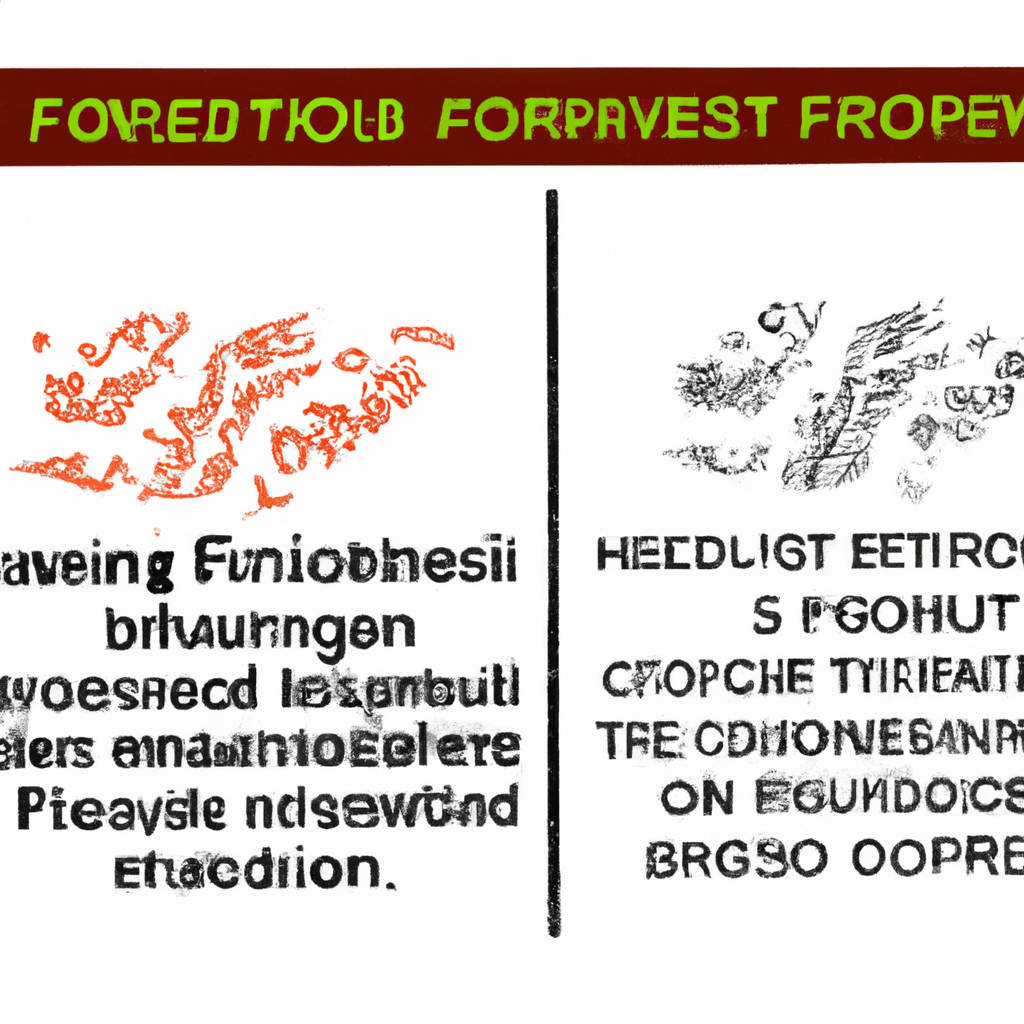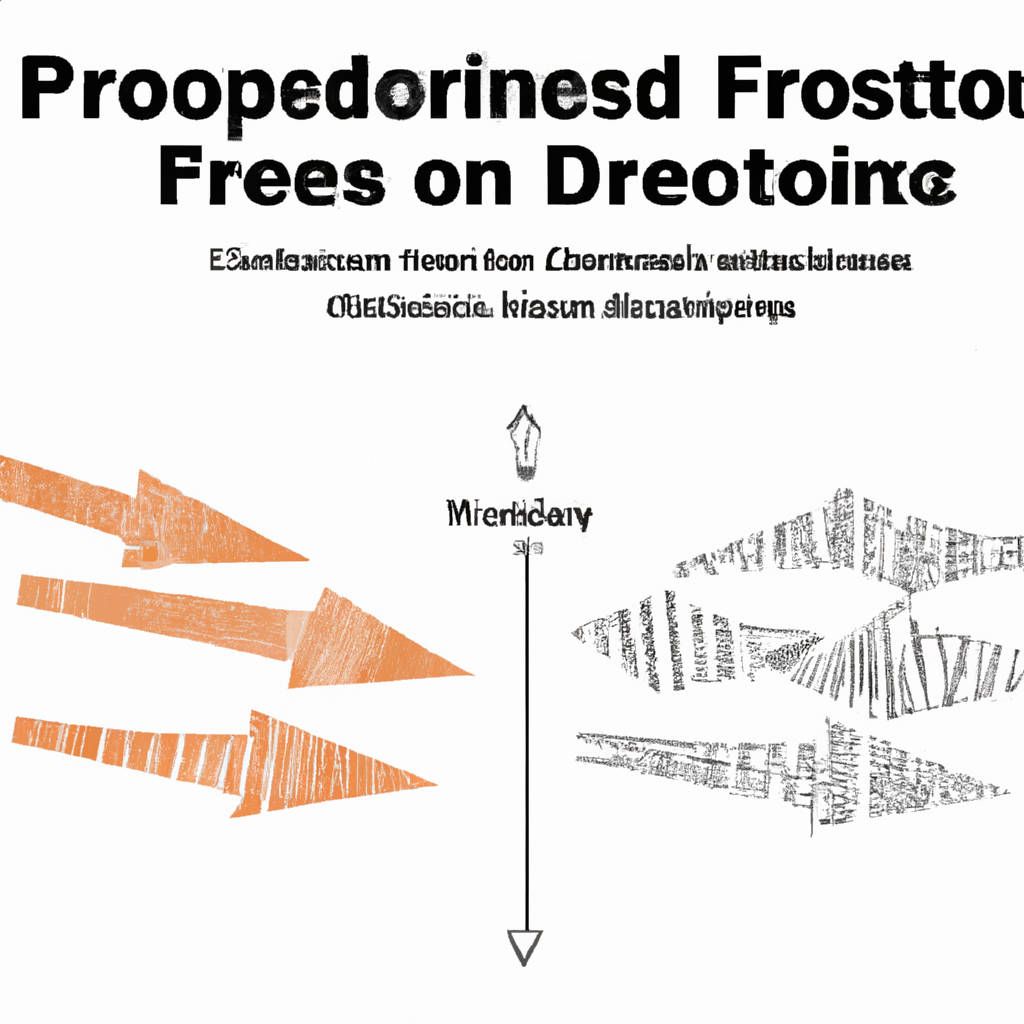Ferroptosis is a form of regulated cell death that is characterized by iron-dependent lipid peroxidation. The origins of ferroptosis can be traced back to the early discoveries made by researchers studying cell death mechanisms in the 20th century. The concept of ferroptosis was first proposed in the 1980s, with initial experiments demonstrating the unique characteristics of this form of cell death. It was not until the early 2000s that the molecular mechanisms underlying ferroptosis were fully elucidated, leading to a better understanding of how it differs from other forms of cell death such as apoptosis and necrosis.
The discovery of ferroptosis has opened up new avenues for research in the fields of cancer biology, neurodegenerative diseases, and other areas where dysregulated cell death plays a role in disease progression. By studying the historical context of ferroptosis, researchers can gain valuable insights into the origins of this unique form of cell death and how it can be targeted for therapeutic purposes.

Current Understanding of Ferroptosis: Molecular Mechanisms and Regulation
Ferroptosis is a form of regulated cell death that is characterized by the iron-dependent accumulation of lipid hydroperoxides to lethal levels. This type of cell death is distinct from other forms of programmed cell death, such as apoptosis and necroptosis. Recent research has shed light on the molecular mechanisms and regulatory pathways that govern ferroptosis. One key player in the regulation of ferroptosis is the enzyme glutathione peroxidase 4 (GPX4), which plays a crucial role in protecting cells from lipid peroxidation by reducing lipid hydroperoxides. Inhibition of GPX4 has been shown to promote ferroptosis, while overexpression of GPX4 can protect cells from this form of cell death.
Additionally, the cystine/glutamate antiporter system xc- has also been implicated in the regulation of ferroptosis, as it is responsible for importing cystine into cells for the synthesis of the antioxidant glutathione. Disruption of this system can lead to an imbalance in cellular redox homeostasis and promote ferroptosis. Furthermore, recent studies have identified several signaling pathways, such as the nuclear factor erythroid 2-related factor 2 (Nrf2) pathway and the p53 pathway, that play important roles in the regulation of ferroptosis.
Activation of Nrf2 has been shown to upregulate the expression of antioxidant genes and protect cells from ferroptosis, while activation of p53 can promote ferroptosis by inhibiting the expression of key antioxidant genes. Overall, our current understanding of ferroptosis has greatly expanded in recent years, revealing a complex network of molecular mechanisms and regulatory pathways that govern this unique form of cell death.
Clinical Relevance: Implications of Ferroptosis in Disease Pathology
Ferroptosis is a form of regulated cell death that is characterized by the iron-dependent accumulation of lipid hydroperoxides. While initially identified as a novel mechanism of cell death, recent research has highlighted the clinical relevance of ferroptosis in various disease pathologies. It has been implicated in a wide range of diseases, including cancer, neurodegenerative disorders, and ischemia-reperfusion injury.
In cancer, ferroptosis has been shown to play a role in tumor suppression, as cancer cells with high levels of lipid peroxidation are more susceptible to ferroptosis-inducing agents. In neurodegenerative disorders such as Alzheimer’s and Parkinson’s disease, dysregulation of iron metabolism and lipid peroxidation have been linked to disease progression. Additionally, ferroptosis has been implicated in ischemia-reperfusion injury, where the accumulation of lipid hydroperoxides contributes to tissue damage following reperfusion.
Understanding the implications of ferroptosis in disease pathology has important clinical implications, as targeting this form of cell death may provide novel therapeutic strategies for treating a wide range of diseases. By modulating iron metabolism and lipid peroxidation, researchers may be able to develop targeted therapies that can selectively induce or inhibit ferroptosis in specific disease contexts. Overall, the emerging field of ferroptosis research holds great promise for advancing our understanding of disease pathologies and developing innovative treatments for a variety of conditions.

Therapeutic Opportunities: Targeting Ferroptosis for Disease Treatment
Ferroptosis is a form of regulated cell death that is characterized by iron-dependent lipid peroxidation. Emerging research has shown that targeting ferroptosis may present novel therapeutic opportunities for the treatment of various diseases, including cancer, neurodegenerative disorders, and cardiovascular diseases. By modulating the pathways involved in ferroptosis, researchers are hopeful that they can develop new strategies to selectively induce cell death in cancer cells while sparing normal cells.
Additionally, targeting ferroptosis may also offer a promising approach for treating neurodegenerative diseases such as Alzheimer’s and Parkinson’s, as well as cardiovascular diseases such as heart failure and atherosclerosis. While the exact mechanisms underlying ferroptosis are still being elucidated, recent advances in understanding the molecular pathways involved in this form of cell death have provided valuable insights for developing targeted therapies.
By identifying and targeting key regulators of ferroptosis, researchers aim to develop new drugs that can effectively induce cell death in disease-specific cells while minimizing off-target effects. Overall, targeting ferroptosis holds great promise as a potential therapeutic strategy for the treatment of a wide range of diseases, and ongoing research in this area is likely to lead to the development of new and innovative treatment options in the future.
Future Directions: Unraveling Novel Aspects and Potential Applications of Ferroptosis
Ferroptosis is a form of regulated cell death characterized by iron-dependent lipid peroxidation. Recent research has uncovered several novel aspects of this process, including the role of lipid metabolism, redox signaling, and the immune response in driving ferroptosis. These findings have opened up new opportunities for exploring the potential applications of ferroptosis in various fields, such as cancer therapy, neurodegenerative diseases, and immune modulation.
For example, targeting key regulators of ferroptosis, such as glutathione peroxidase 4 and cysteine transporters, has shown promising results in selectively killing cancer cells that are resistant to conventional therapies. In addition, modulating ferroptosis pathways in the brain may offer new strategies for treating neurodegenerative disorders, such as Alzheimer’s and Parkinson’s disease. Furthermore, harnessing the immunogenic properties of ferroptotic cells could lead to the development of novel immunotherapies for enhancing anti-tumor immunity or dampening inflammatory responses in autoimmune diseases.
Future directions in ferroptosis research will focus on elucidating the molecular mechanisms underlying this form of cell death, identifying new therapeutic targets, and translating these discoveries into clinical applications. By unraveling the complexities of ferroptosis and exploring its potential applications, researchers can pave the way for developing innovative treatments that target specific cell populations while minimizing off-target effects and improving patient outcomes.

Final Thoughts
Final thoughts are a culmination of all the ideas and opinions that have been swirling around in our minds throughout a particular experience or situation. They are the last reflections we have before drawing a conclusion or making a decision. Final thoughts can be a mix of emotions, memories, and rational thinking as we weigh all the factors at play. They can also be a moment of clarity or realization, where everything suddenly falls into place and we see the bigger picture.
Final thoughts are important because they can shape our actions and choices, guiding us towards a particular outcome. They can also be a time for introspection and self-evaluation, as we consider the impact of our decisions on ourselves and others. Final thoughts can be a time of closure, marking the end of a chapter or the beginning of a new one. They can be a time of acceptance and peace, as we come to terms with a situation or experience. Ultimately, final thoughts are a crucial part of the decision-making process, helping us navigate the complexities of life and make choices that align with our values and beliefs.
